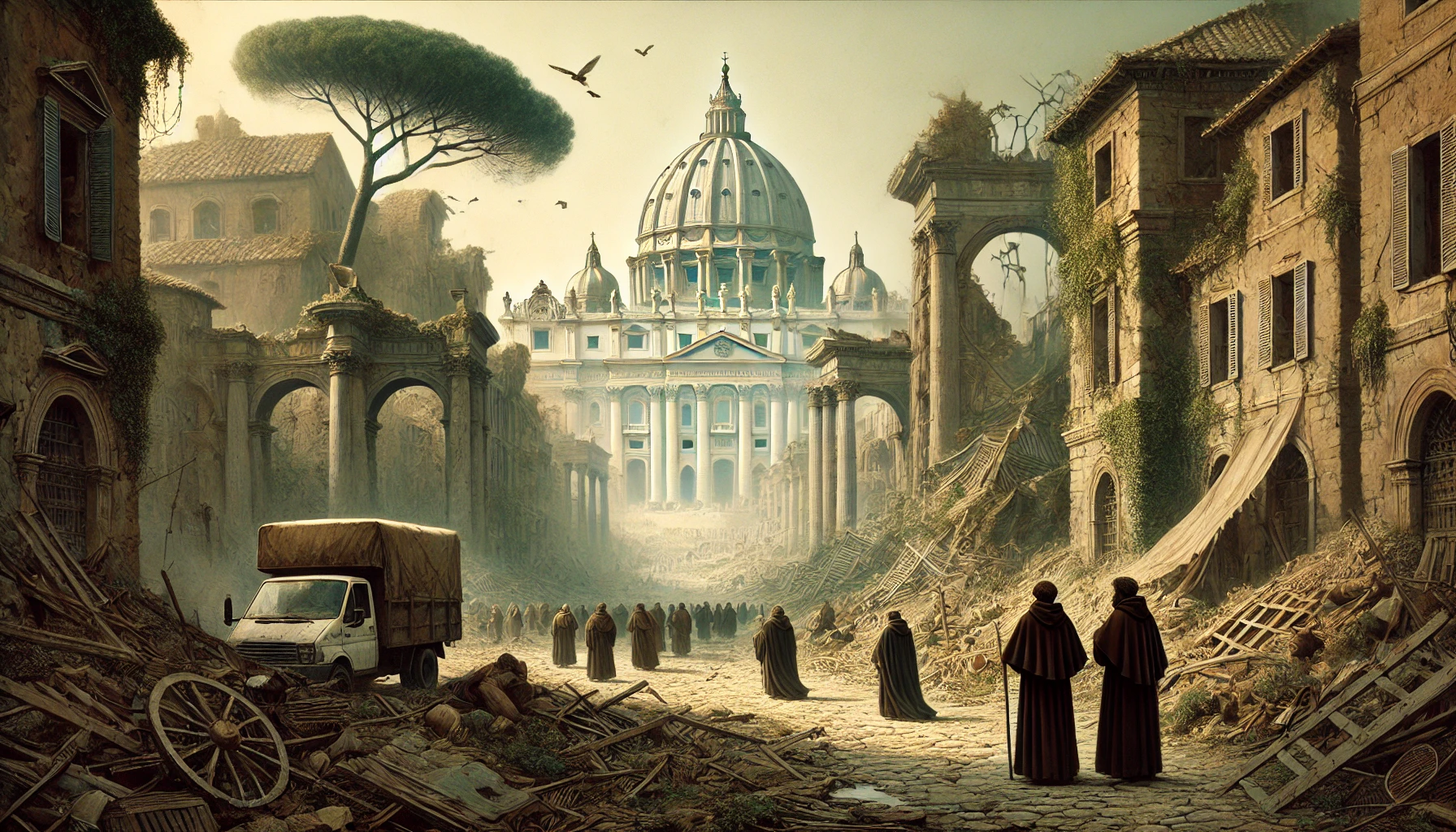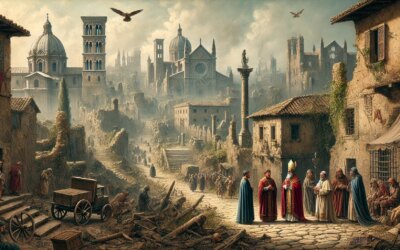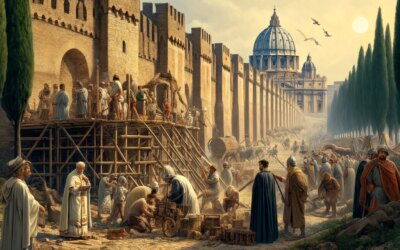Rome Abandoned: The Papacy Moves to Avignon
For much of the 14th century, Rome found itself without its most powerful institution: the papacy. In 1309, Pope Clement V moved the papal court to Avignon, France, marking the beginning of the Avignon Papacy, a period in which seven successive popes ruled from afar. The absence of the papacy left Rome politically unstable and economically weakened.
The Reasons Behind the Move
The papacy’s relocation was largely due to political tensions in Italy and the influence of the French monarchy. Pope Boniface VIII had clashed with King Philip IV of France over taxation and authority. After Boniface’s death, the election of a French pope, Clement V, led to the decision to move the papal seat to Avignon, where the popes could rule under French protection.
The Decline of Rome
With the papal court gone, Rome fell into disrepair. St. Peter’s Basilica and other churches suffered neglect, and the city’s economy, which had relied on pilgrims and papal administration, crumbled. The absence of a central authority led to lawlessness, with noble families vying for control.
The Avignon Papacy and Its Controversies
While the papacy thrived in Avignon, critics accused the popes of corruption and excessive French influence. The lavish lifestyle of the Avignon court contrasted sharply with the deteriorating conditions in Rome. Calls for the papacy’s return grew, particularly from figures like St. Catherine of Siena, who urged Pope Gregory XI to restore the Church’s presence in the Eternal City.
The Return to Rome
In 1377, Gregory XI finally returned to Rome, ending nearly 70 years of absence. However, his death shortly after sparked the Western Schism, as rival factions elected competing popes in Rome and Avignon, plunging the Church into further crisis.
Rome’s Revival and the Papal Legacy
Though the Avignon Papacy weakened Rome, the city eventually recovered, becoming the center of the Renaissance papacy in the 15th century. The crisis highlighted the importance of Rome as the spiritual and political heart of Catholicism, reinforcing its status for centuries to come.





